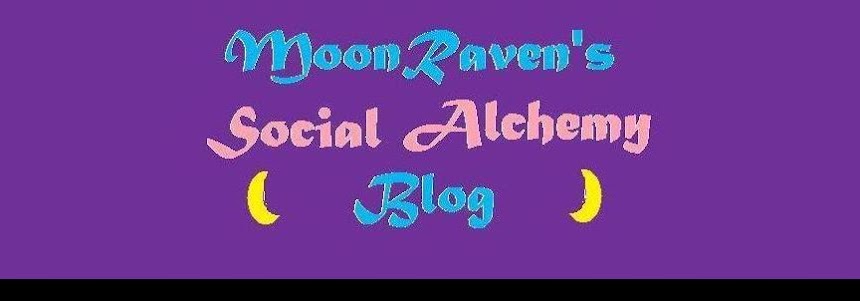I talked in my last post about the book My Name is Chellis & I'm in Recovery from Western Civilization.
Where Chellis Glendinning is clear about why we should reconnect with the natural world, Starhawk's book, The Earth Path is about how to do it. Where Chellis suggests ceremonies, Starhawk outlines them. Chellis gives the theory, Starhawk gives the practice.
Starhawk also begins her book by saying she doesn't "want to romanticize other cultures" and points out that "Some indigenous cultures have also hunted animals to extinction and turned fertile land to deserts." She claims that California tribes didn't just gather from the earth, they worked with it. When European explorers arrived, "... they found a landscape so elegantly managed that they were unaware of the human role in maintaining such abundance." While she marvels at the 'deep integration' with nature many indigenous cultures had, she doesn't so much want to return there as to 'learn from them'.
Early in the book, Starhawk tells the story of some 'seedballs' made in a permaculture workshop that were confiscated by the police as 'weapons'. She and the folks who made them only thought of them as a tool for guerrilla gardening, but the police got busy "testing their ballistic capabilities". She writes, "We... had clearly not thought of our seedballs as weapons, or we wouldn't have left them out in plain sight in the parking lot to dry. So in a sense the police action expanded our thinking. In permaculture, we try to get multiple uses for each element in a system." She makes the point that what we see is dependent on what we are looking for.
The Earth Path is a very permaculture influenced book. It is also a very pagan book. Starhawk points out that "one aspect of our nature-based religion based religion that too often gets neglected is our actual relationship with nature." She spends the book balancing a nature-based (often quite scientific) viewpoint with witch and pagan practices. One chapter covers current evolutionary theory and what pagans can learn from it--complete with a telling of the story of Gaia.
Starhawk devotes a chapter to looking at what is sacred and a chapter to learning to observe. (Early in the book she states, "Permaculture teaches us to begin with long and careful observation rather than careless intervention.") She then goes on to devote a chapter each to air, fire, water, and earth--each containing a mix of scientific understanding, magical practices, and needed activism.
But this is not simply a book of theory and thealogy; it's filled with exercises, meditations, and rituals. The point is not simply to talk about or learn, but to do, to experience. Starhawk ends the book with chapters on looking at patterns and healing the earth. She concludes by saying "... the earth wants us to play the role we have evolved to play... to be her consciousness, her mirror, her great admirer and appreciator, to cheer her on and use our specifically human abilities to help restore and sustain her balance." It's not that different from how Chellis Glendinning ended her book, but Starhawk gives us a lot of useful tools to get there.
Quote of the Day: "The model represented by the seedballs comes out of the worldview being articulated by twenty-first-century science. Systems, complexity, chaos, and Gaia theories are some of its manifestations, but it is also much older, akin to the way indigenous peoples have always experienced the earth as alive and relational. ... This view sees the world as a complex and dynamic web of relationships. There are no simple causes and effects: any change in the web reverberates and affects the whole..." - Starhawk
Subscribe to:
Post Comments (Atom)


No comments:
Post a Comment